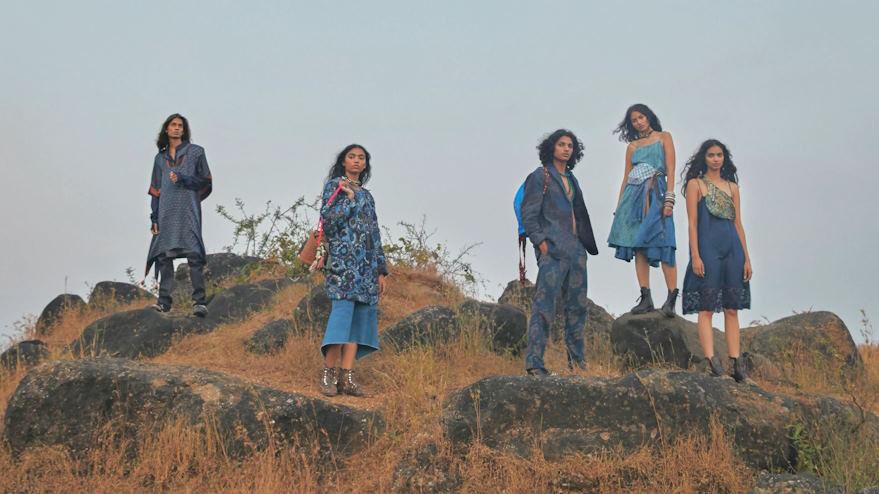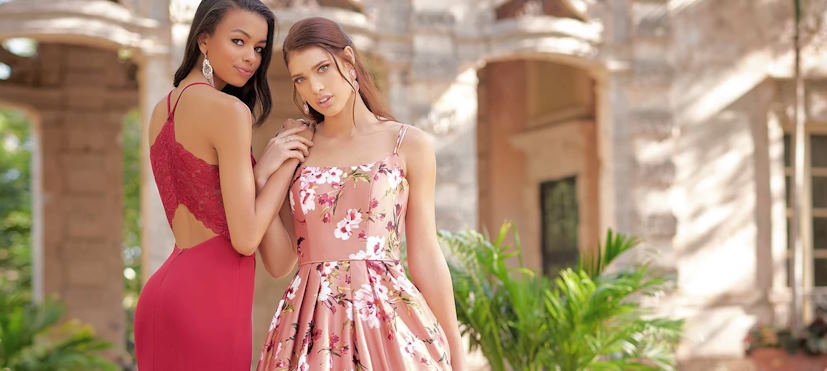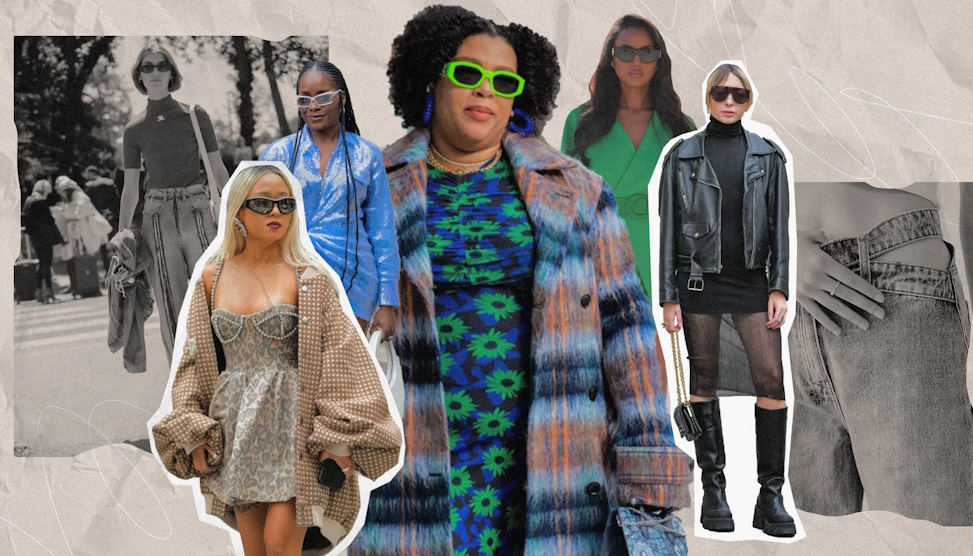
Fashion is more than just clothing; it’s a language of self-expression, a reflection of culture, and a canvas for creativity. In this ever-evolving world of style, understanding the nuanced language of fashion is like having a key to a secret realm. From haute couture to streetwear, fashion terminology and jargon play a crucial role in deciphering trends, making informed choices, and communicating your unique personality through clothing. Whether you’re a fashion enthusiast, a budding designer, or simply someone looking to refine their personal style, this comprehensive guide to fashion terminology and jargon will unravel the mysteries of the fashion world and empower you to navigate it with confidence.
The Basics of Fashion Language
When delving into the world of fashion, it’s essential to start with a strong foundation of key terms and concepts that underpin the industry. These terms not only shape the way we understand fashion but also influence our choices and attitudes towards clothing. Let’s break down some of the fundamental terms and explore why they are so vital.
- Haute Couture: Haute couture is the pinnacle of fashion craftsmanship. It refers to high-end, custom-made clothing created by skilled artisans and designers. These garments are made to measure and tailored precisely to the client’s specifications. Haute couture is synonymous with luxury, exclusivity, and artistry. Understanding this term helps us appreciate the artistry and dedication that goes into creating these unique pieces of wearable art.
- Pret-a-porter (Ready-to-Wear): In contrast to haute couture, pret-a-porter, or ready-to-wear, refers to clothing that is mass-produced and readily available to the general public. This term encompasses the vast majority of clothing we encounter in stores. Recognizing the distinction between haute couture and ready-to-wear is crucial for navigating the fashion market and making informed purchasing decisions.
- Fast Fashion: Fast fashion represents the rapid production of inexpensive, trendy clothing. While it offers affordability and accessibility, it often comes at the cost of environmental sustainability and ethical production. Being aware of fast fashion’s impact helps us make conscious choices and support more sustainable alternatives.
- Sustainable Fashion: Sustainable fashion is a movement that promotes environmentally friendly and ethical practices within the fashion industry. It encompasses concepts like eco-friendly materials, fair labor practices, and reducing waste. Understanding sustainable fashion is vital for those who wish to align their wardrobe choices with their values and contribute to a more responsible fashion future.
The Anatomy of Clothing
Clothing is more than just fabric draped on the body; it’s a canvas for creative expression and a reflection of personal style. To truly appreciate the artistry of fashion, it’s essential to understand the anatomy of clothing. Let’s dive into some key terms that describe the structure and design of garments and provide examples for clarity.
- Necklines: Necklines refer to the shape and style of the opening at the top of a garment. They come in various forms, including crew neck, V-neck, scoop neck, and off-the-shoulder. Each neckline can dramatically change the overall look of a garment. For instance, a boat neck can exude elegance, while a sweetheart neckline adds a touch of romance.
- Hemlines: The hemline is the lower edge of a garment, typically found at the bottom of dresses, skirts, and pants. Hemlines vary in length, from mini to midi to maxi. A high-low hemline, where the front is shorter than the back, adds a dynamic element to a dress.
- Silhouettes: Silhouettes define the overall shape and fit of a garment. Common silhouettes include A-line, sheath, and fit-and-flare. A sheath dress, for example, offers a sleek and form-fitting silhouette, while an A-line skirt flares out from the waist, creating a flattering, classic look.
- Seams and Stitches: Seams are the lines where two pieces of fabric are joined together, and stitches are the lines of thread that hold them in place. Different types of stitches, such as zigzag or straight stitches, serve various purposes in garment construction. Strong, well-executed seams and stitches are essential for the durability and quality of clothing.
Fabrics and Textiles: The Building Blocks of Fashion
Fabrics and textiles are the very essence of fashion. They define not only the look and feel of our clothing but also its comfort and functionality. To fully grasp the intricacies of fashion, it’s crucial to delve into textile terminology and appreciate the role of fabric in the world of style.
Unpacking Textile Terminology:
- Cotton, Silk, and Other Natural Fibers: Natural fibers are derived from plants or animals. Cotton is breathable and comfortable, silk exudes luxury, and wool offers warmth. Understanding these fibers helps you choose garments that suit different seasons and occasions.
- Synthetic Fabrics: Synthetic or man-made fabrics like polyester and nylon are prized for their durability and resistance to wrinkles. Recognizing these materials aids in selecting clothing with specific performance attributes.
- Blends and Weaves: Fabric blends combine different fibers to enhance properties like strength or drape. Meanwhile, the weaving process affects the texture and pattern of the fabric. Knowing these terms empowers you to choose fabrics tailored to your needs and preferences.
Discussing the Role of Fabric in Fashion:
Fabric isn’t just a passive medium; it’s a vital part of fashion’s creative expression. It can transform a simple design into a work of art, evoke emotions, and communicate style. A silk evening gown exudes elegance, while a denim jacket embodies ruggedness. The right fabric can elevate a design, making it functional and fashionable.






